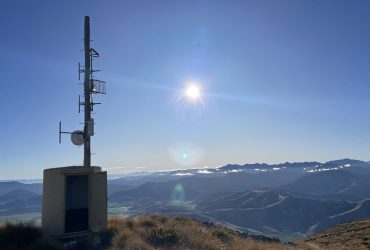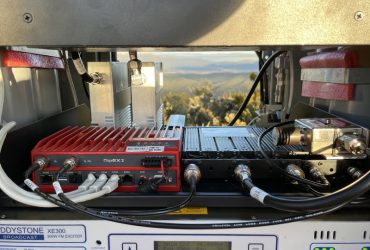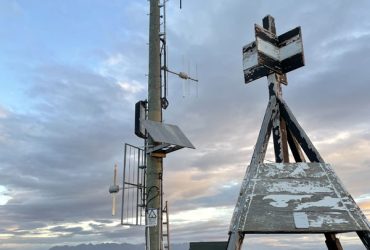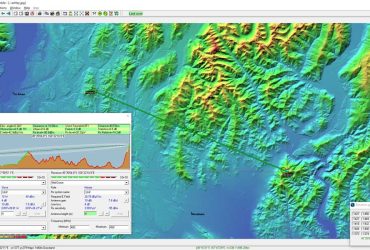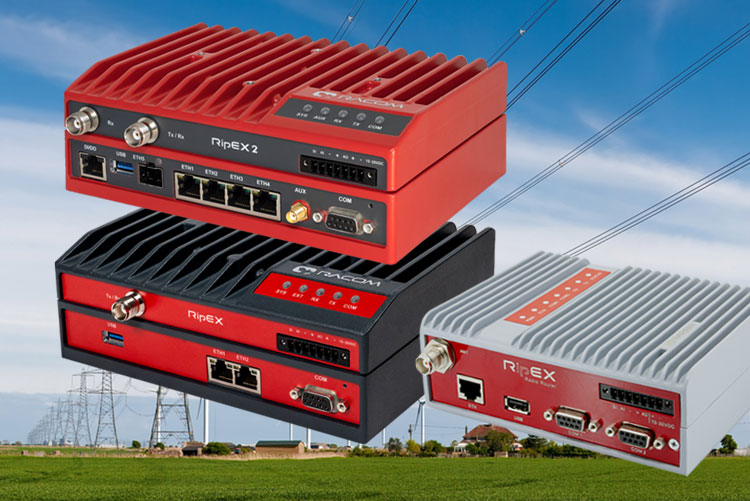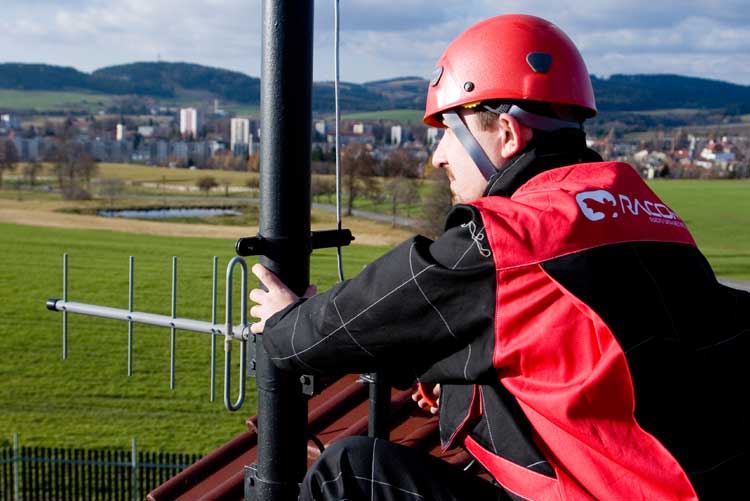Can a radio modem outperform microwave links in rugged terrain—and still cut costs? In New Zealand, a successful trial proved that RACOM’s RipEX2 can do exactly that.
Challenge: Reliable Voice Communication Across Remote Base Stations
New Zealand’s diverse and often mountainous landscape presents significant challenges for communication networks, especially when it comes to interconnecting remote base stations in a DMR Tier 3 voice network. Traditional microwave links offer high-speed connections but come at a high cost and often require line-of-sight, limiting their practicality in rugged terrain.
Ashley, a communications provider, needed a cost-effective, full-duplex solution to link three geographically dispersed base stations to a central hub. The solution had to handle real-time voice data across the 400 MHz band—without compromising reliability.
Solution: RipEX2 Radios Deliver High-Speed, Full-Duplex Connectivity
In partnership with Holland Communications, Ashley conducted a live pilot using RACOM’s RipEX2 radio modems operating in the licensed 400 MHz band. The goal: to test their suitability for full-duplex communication and seamless interconnection of DMR Tier 3 base stations.
Key advantages delivered by RipEX2:
- Up to 1.7 Mbps throughput with consistent performance, even in non-line-of-sight (NLOS) conditions
- Full-duplex communication, ensuring clear and simultaneous two-way voice traffic
- Substantially lower cost than deploying traditional microwave links
- Simplified infrastructure requirements, minimizing deployment complexity in remote areas
The trial was a complete success. RipEX2 modems not only met technical expectations but also delivered performance benefits that exceeded cost-to-value benchmarks.
Results: Strategic Expansion and Infrastructure Transformation
Ashley’s successful experience led to a strategic decision to adopt RipEX2 modems for future DMR network rollouts across New Zealand. Key outcomes included:
- Improved reliability across difficult terrain and challenging weather conditions
- Lower CAPEX and OPEX, by replacing microwave with cost-efficient RipEX2 solutions
- Greater flexibility in deploying new base stations thanks to reduced dependency on line-of-sight paths
- Scalability for long-term infrastructure growth
With RipEX2, Ashley is now well-positioned to deliver stable, high-performance voice communication across some of New Zealand’s most remote and rugged environments—proving that smart radio technology can outperform legacy systems in both price and performance.
